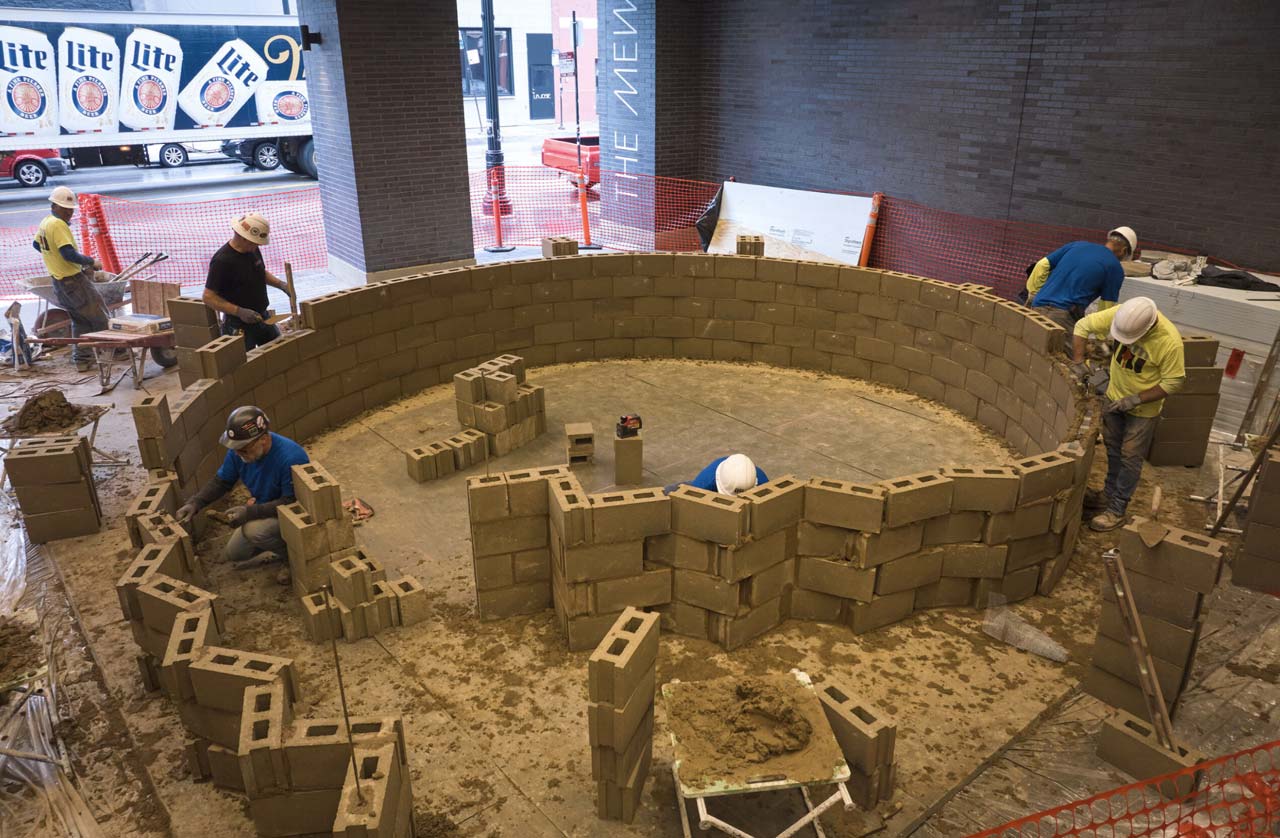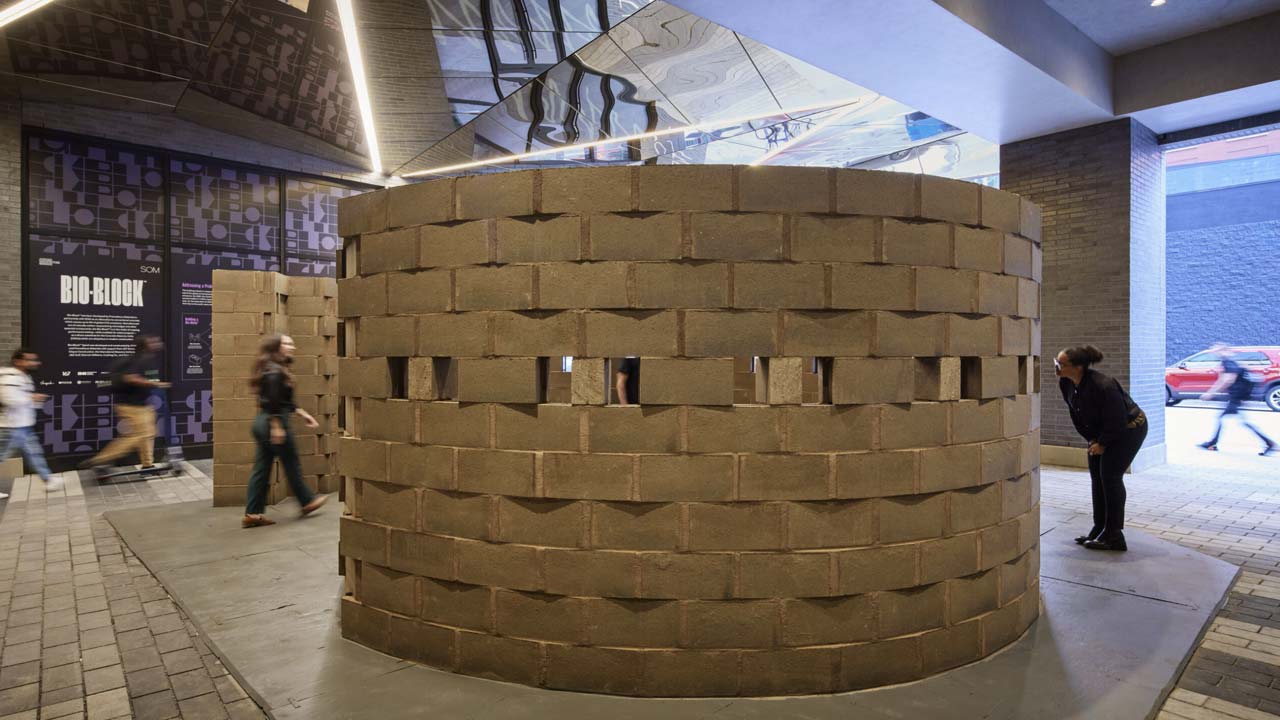The SOM architecture studio, in collaboration with Prometheus Materials, presented an innovation at the Chicago Architecture Biennial, USA, which adds to the trend in construction towards the use of sustainable materials. In this case, it is “bio concrete” blocks, a material similar to the calcium carbonate found in coral reefs, produced from the photosynthetic cementation of microalgae. It is an innovation that offers an environmentally friendly alternative, with a significantly smaller carbon footprint than conventional options.

Here are some of the advantages of bio concrete as a building material:
–Sustainability: microalgae are fast-growing, single-celled organisms, whose cultivation requires fewer resources than clay extraction or cement production.
–CO2 absorption: microalgae absorb carbon dioxide from the environment, which contributes to reducing greenhouse gases in the atmosphere.
–Thermal insulation: these blocks offer good insulation properties, which improves the energy efficiency of structures built with them.
This bio-concrete production technology is still under research and at an experimental stage. However, it represents a clear advance in the search for ecological materials and brings construction closer to the horizon of sustainability and care for the environment.
Images: Dave Burk © SOM Architects.
By Eduardo Hernández García, Senior Structural Modeller in the Architecture Department of Amusement Logic






